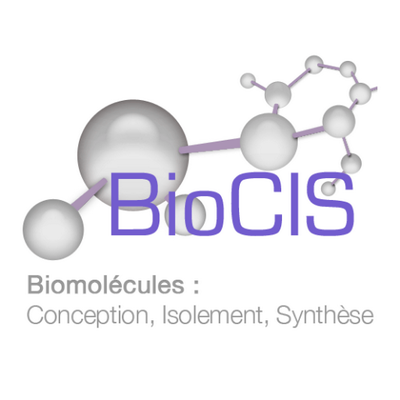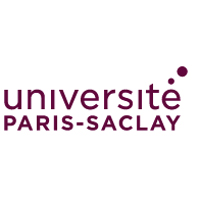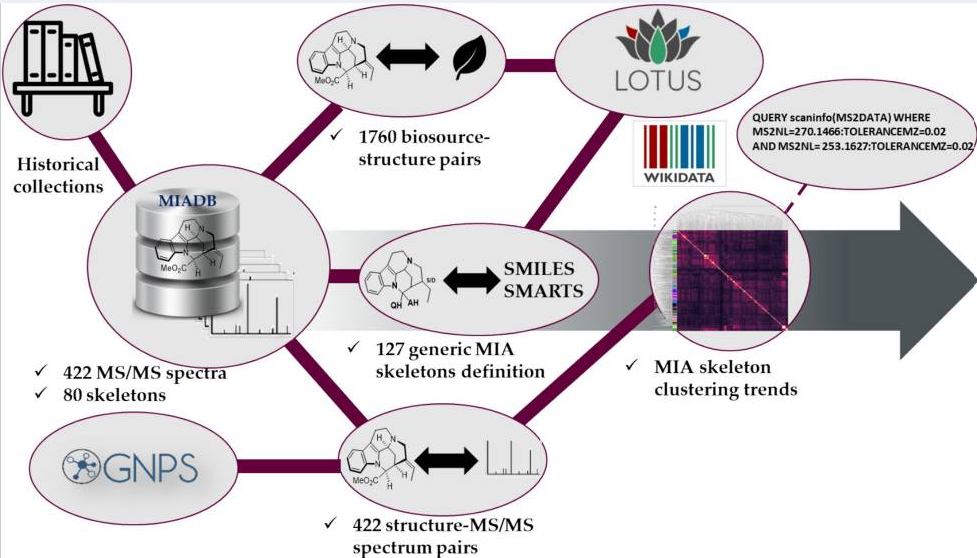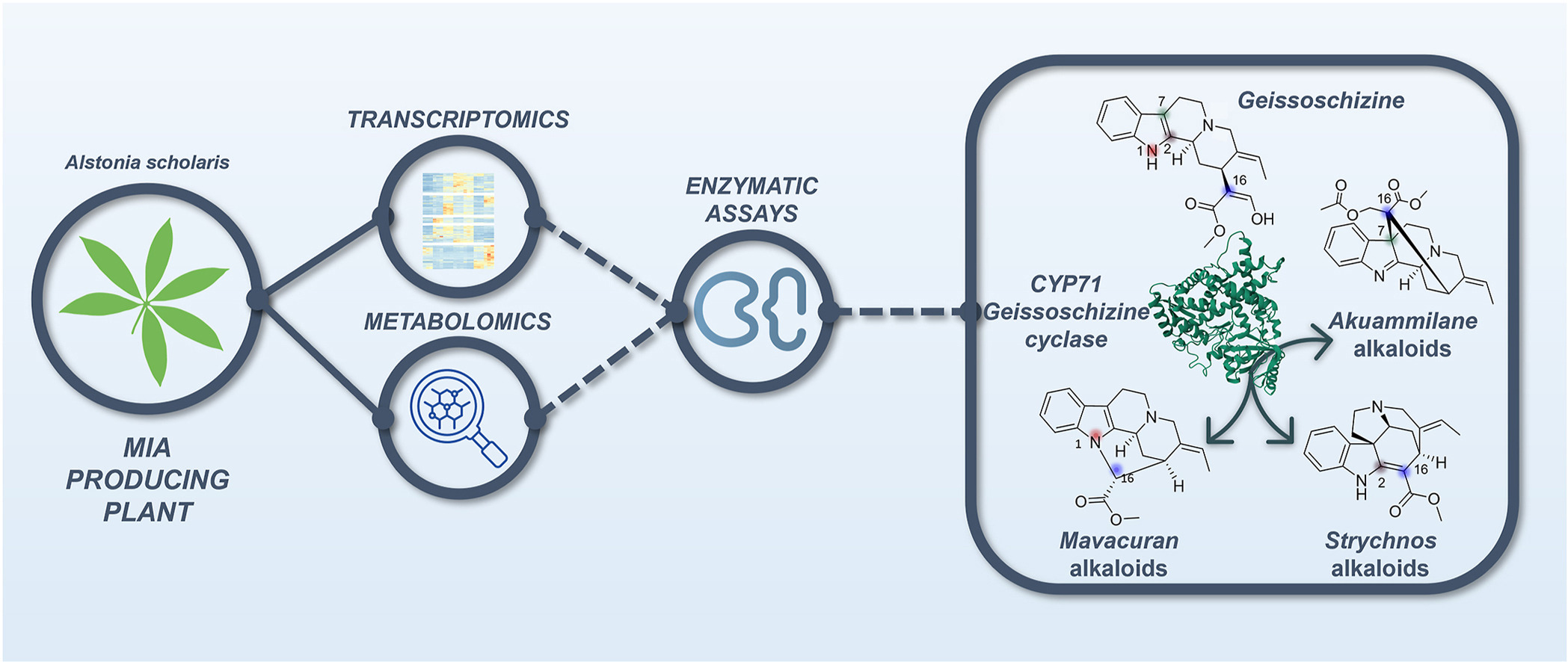"Advances in decomposing complex metabolite mixtures using substructure- and network-based computational metabolomics approaches" by Mehdi A. Beniddir, Kyo Bin Kang, Grégory Genta-Jouve, Florian Huber, Simon Rogers and Justin J. J. van der Hooft
https://doi.org/10.1039/D1NP00023C
: Recently introduced computational metabolome mining tools have started to positively impact the chemical and biological interpretation of untargeted metabolomics analyses. We believe that these current advances make it possible to start decomposing complex metabolite mixtures into substructure and chemical class information, thereby supporting pivotal tasks in metabolomics analysis including metabolite annotation, the comparison of metabolic profiles, and network analyses. In this review, we highlight and explain key tools and emerging strategies covering 2015 up to the end of 2020. The majority of these tools aim at processing and analyzing liquid chromatography coupled to mass spectrometry fragmentation data. We start with defining what substructures are, how they relate to molecular fingerprints, and how recognizing them helps to decompose complex mixtures. We continue with chemical classes that are based on the presence or absence of particular molecular scaffolds and/or functional groups and are thus intrinsically related to substructures. We discuss novel tools to mine substructures, annotate chemical compound classes, and create mass spectral networks from metabolomics data and demonstrate them using two case studies. We also review and speculate about the opportunities that NMR spectroscopy-based metabolome mining of complex metabolite mixtures offers to discover substructures and chemical classes. Finally, we will describe the main benefits and limitations of the current tools and strategies that rely on them, and our vision on how this exciting field can develop toward repository-scale-sized metabolomics analyses. Complementary sources of structural information from genomics analyses and well-curated taxonomic records are also discussed. Many research fields such as natural products discovery, pharmacokinetic and drug metabolism studies, and environmental metabolomics increasingly rely on untargeted metabolomics to gain biochemical and biological insights. The here described technical advances will benefit all those metabolomics disciplines by transforming spectral data into knowledge that can answer biological questions.








